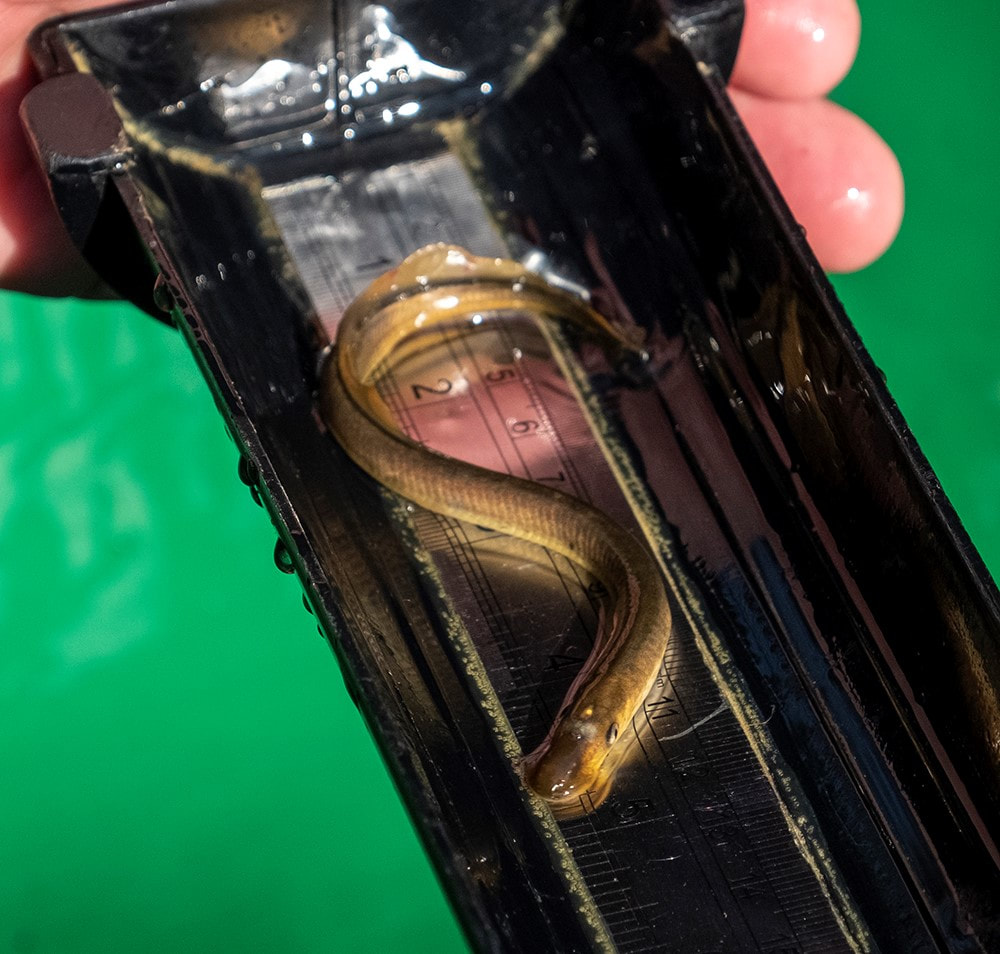|
We have mentioned lampreys a couple of times in blogs and facebook postings recently, we we though some might be thinking WTF is a lamprey, so here’s a bit more information about them.
The sea and river varieties are carnivorous, having the unpleasant habit of attaching themselves to fish with their sucker mouth and boring into the body to eat the blood and flesh, ugh! On the Worth you will be pleased to know that we just have the brook lamprey which is not so disgusting as it feeds by filtering organisms out of the water, in fact it doesn’t eat at all in the adult stage. How do they live? Lampreys have two stages, a larval stage and an adult stage. After hatching the larvae drift down stream until they come to a suitable sandy/silty river bottom which they burrow into. They will remain there for five to six years feeding by filtering organisms from the water around the mouth of their burrow. They grow from 3-5mm to 12-15cm before changing into the adult form.
One of the problems lampreys face on the river (as well as the herons!) is the number of weirs. These act as a barrier to migration and may be limiting the population, mind you this also applies to other fish such as trout and grayling. River Worth Friends are keen to have some of these weirs removed if possible. Main top photographer copy write of RWF member John Tickner.
Lampreys spawning - Dr Will O'connor. Heron with lamprey - Clive Daelman. If you want to know more there is a good exploration of all three UK species here.
0 Comments
Leave a Reply. |
Archives
November 2025
Categories |





 RSS Feed
RSS Feed